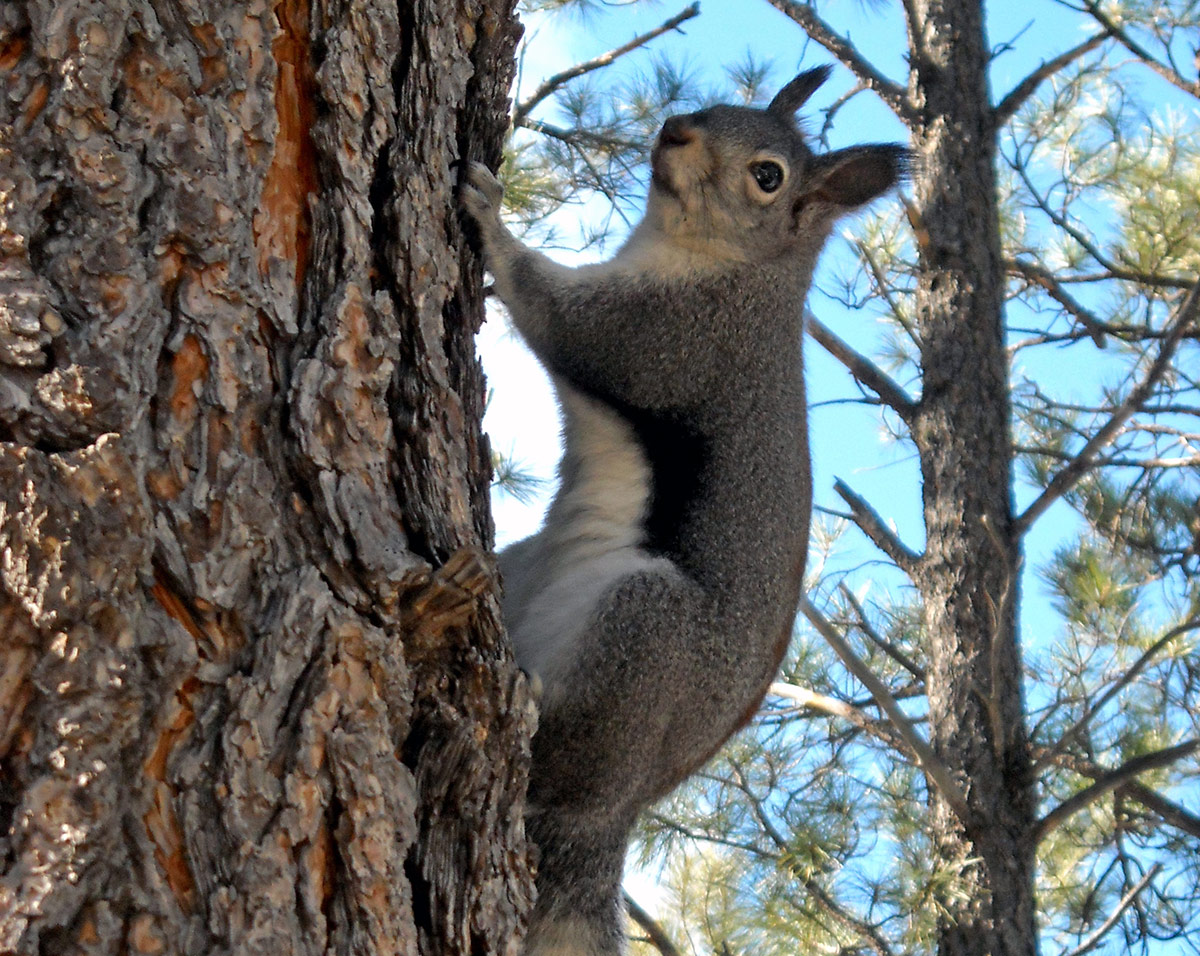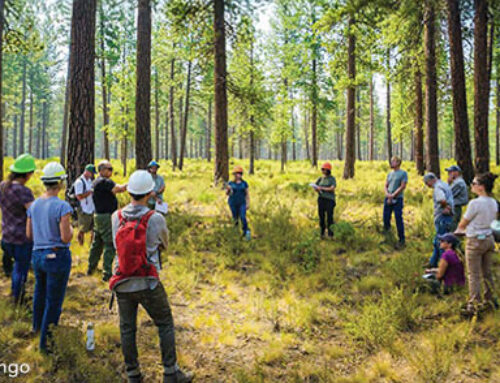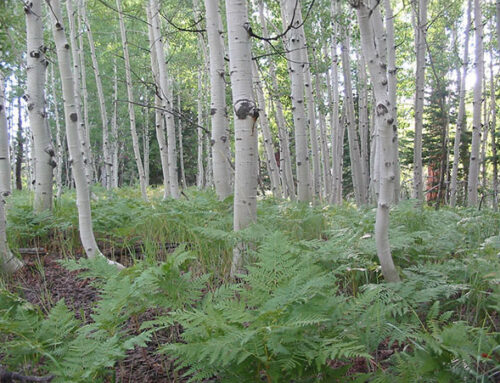This month’s ERI Science Flash is a flash from the past. We are sharing a working paper on restoration and small mammals from 2010, because small mammals are important in forest ecosystems. They recycle nutrients by processing vegetation, dispersing fungal spores and seeds, and aerating and turning soils and are prey for predators including the northern goshawk, Mexican spotted owl, and other avian and mammalian species. Although small mammal species may serve similar functional roles in the ecosystem, their habitats differ. Land managers have to consider both forest structural differences and fine-scale habitat features when treating ponderosa pine forests for small mammal-habitat relationships.
The working paper presents results from a study that assessed small mammal responses to restoration treatments, which at the time, had been previously unexamined at the community level or at large temporal and spatial scales in southwestern ponderosa pine forests. NAU researchers focused on eight species of small mammals to determine how they would react to ecological restoration thinning treatments. The results indicate that thinning had a generally positive or neutral effect on six of the species, including the golden-mantled ground squirrel.
To find out how each species responded to the treatments, read the full WORKING PAPER.
And a Flash of Fun …
In support of small mammals, we will be following along in this year’s March Mammal Madness, a tournament focused on simulated combat between mammals instead of basketball. The popular bracket is run by a team of evolutionary biologists who use science and probability to determine to outcome of the fights. Their goal is to have fun while raising awareness of animal conservation. Last year’s winner was the Bengal tiger. Could this year’s winner be the intrepid … Mexican woodrat?
To learn more or to participate in March Mammal Madness 2020, click here.




